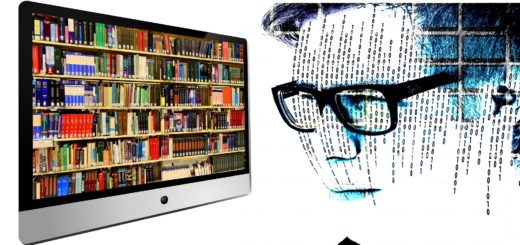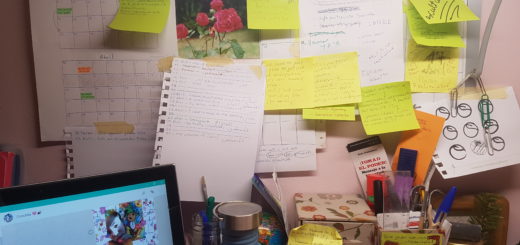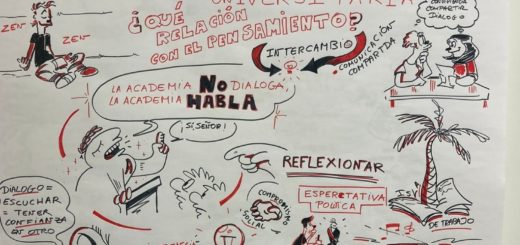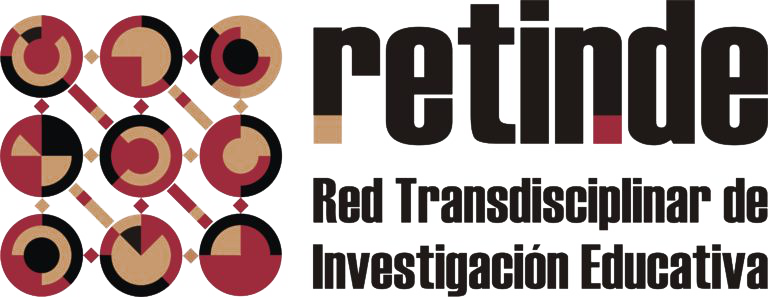Teaching with all students in mind. The Universal Design for Learning model
In this process, teachers and centers emerge with a leading role to achieve it from their strategic position, since they are the direct agents. They are the ones who put into practice the actions that allow educational environments to change, to make a reality the access of all students to the teaching contexts and processes that satisfy the needs of each and every one of them.
Several recent works (Niholm, 2021; Li and Ruppar, 2020) maintain that there is a large gap between high expectations of an inclusive education policy and low levels of implementation, which poses great challenges to management teams and teachers. They are the ones who must face problems every day such as the lack of human and material resources necessary to carry out inclusive teaching; the lack of teachers with training in inclusive educational intervention and with knowledge and proactive vision towards it. And, at the same time, they have to respond to an increasingly diverse student population, with more demanding teaching processes.
The recent Spanish educational regulations, both the LOMLOE and the successive Royal Decrees of organization and minimum teachings of the different educational levels (LOMLOE, 2020; Royal Decree 95/2022; Royal Decree 157/2022; Royal Decree 217/2022; Royal Decree 243 /2022), incorporate Inclusive Education as a guiding principle of didactic intervention, and is linked to the application, by centers and teachers, of the principles of Universal Design for Learning for the design of curricular and organizational measures, so that respond to different realities and learning needs of students.
But rulings are not enough to change practice. Multidimensional strategies are needed, which address the different aspects that mediate the processes of educational change, and that need to be activated, in a coordinated and parallel manner, among which are the provision of human resources, the training of professionals, the institutional support, pedagogical support and teaching resources and materials.
Regulations serve as a catalyst so that changes can occur in policies and at the macro-level of teaching practice. But, to make inclusive education a reality, reaching each student and giving them the opportunity to learn and develop their abilities – both at a cognitive, strategic, and affective level -, the conditions must be ensured so that quality learning and socialization can take place in the daily life of classrooms and centers. And to achieve this, the involvement of teachers in teaching planning, that considers the complexity of the group and the uniqueness of each of their students, is essential. And, for many teachers, this requires evolving towards more inclusive teaching, for which they need tools that provide them with information and keys on how to put it into practice.
Universal Design for Learning (UDL) (Rose and Meyer, 2002; CAST, 2011; Meyer, Rose, and Gordon, 2014) is a model that was born with the objective of making inclusive, quality education a reality for all students. It starts with the recognition of diversity among people and, therefore, also in processes such as learning. To this end, it proposes three guiding principles of educational practice that aim to respond to variability among students: provide multiple forms of involvement; provide multiple forms of representation; and provide multiple forms of action and expression of learning. The UDL aims for all students to have opportunities to learn and, therefore, places the student at the center of educational intervention, based on their uniqueness, while thinking from the complexity of the classroom. It proposes making the design of the curriculum more flexible, so that it responds to this diversity and reduces or eliminates barriers that arise from the rigid and uniform curriculum design, which does not take into account the variability so recognized in every context of our society. In addition to this approach, it provides references for teachers for didactic planning, to provide learning opportunities to all students, which are derived from educational research and practice.
The book “Teaching with all students in mind: the Universal Design for Learning model” is a work dedicated to presenting this model from a didactic perspective. It is written by a team of twenty authors, with different professional experiences (classroom teachers, pedagogical advisors, researchers, and university professors). They transfer their questions, reflections, resources, and experiences to the text, in order to serve as support to other teachers, and share the objective of achieving quality education for all students.
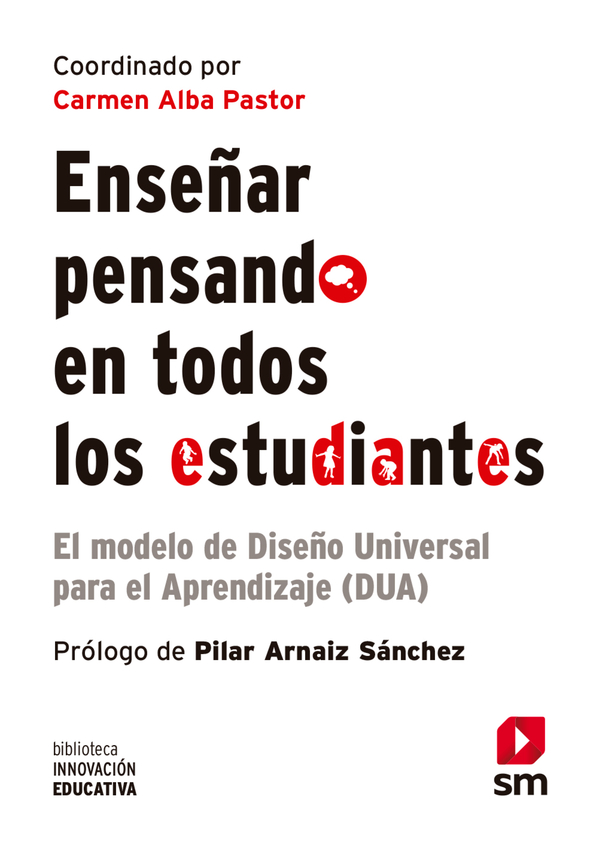
The book begins with an introduction to the UDL model, in which it is presented as a didactic framework for quality education from an inclusive perspective. Next follows a block made up of three parts, each dedicated to one of the principles of UDL: Provide multiple forms of involvement, Provide multiple forms of representation and Provide multiple forms of action and expression. Within each principle there are three chapters, one for each guideline, which offer relevant information, practical guidance, case examples and resources and teaching materials, to help teachers introduce UDL into their classroom practice. The last chapter is dedicated to didactic planning from this model and addresses the importance of designing inclusive curricula that consider the diversity of students.
This book has been supporting material in the UDL training processes and implementation of this model in classrooms, for teachers participating in the research project Universal design for learning: contributions to curricular practices and inclusive and digital cultures of the centers. Among its objectives, this project explores UDL in the educational contexts; teacher training in this model, and the development of inclusive practices in classrooms and centers (PID2020-112530RB-I00). It is financed within the State Program for Knowledge Generation and Scientific and Technological Strengthening of the R&D&i System, State R&D&i Program Oriented to the Challenges of Society.
Full Reference
Alba Pastor, C. (Coord.) (2022). Enseñar pensando en todos los estudiantes. El modelo de Diseño Universal para el Aprendizaje (DUA). Madrid, Ediciones SM.
List of book authors
Carmen Alba Pastor (Coord.)
- Ainara Zubillaga del Río.
- Alíen García Hernández.
- Angela María López Gracia.
- Carmen Rosario López López.
- Daniel Losada Iglesias.
- Ester Caparrós Martín.
- Fátima Romera Hiniesta.
- Guadalupe Hernández Portero.
- Héctor Galindo-Domínguez.
- Inmaculada Pedraza Navarro.
- Irene García Lázaro.
- Irene Martínez Martín.
- José Manuel Sánchez Serrano.
- Mª del Carmen Díaz García.
- María Martina Silva Laguardia.
- Marta Martín del Pozo.
- Mercedes Llorent Vaquero.
- Patricia Villaciervos Moreno.
- Teresa González Ramírez.
References
CAST (2011). Universal Design for Learning Guidelines, version 2.0. Wakefield, MA: Center for Applied Special Technology. Translation to Spanish: Alba Pastor, C., Sánchez Hípola, P., Sánchez Serrano, J. M. y Zubillaga del Río, A. (2013). Pautas sobre el Diseño Universal para el Aprendizaje, versión 2.0. https://www.educadua.es/html/dua/pautasDUA/dua_pautas.html
Li, L. y Ruppar, A. (2021). Conceptualizing teacher agency for inclusive education: A systematic and international review. Teacher Education and Special Education, 44(1), 42-59.
Ley Orgánica 3/2020, de 29 de diciembre, por la que se modifica la Ley Orgánica 2/2006, de 3 de mayo, de Educación.
Meyer, A., Rose, D. H. y Gordon, D. (2014). Universal Design for Learning: Theory and practice. CAST Professional Publishing.
Nilholm, C. (2021). Research about inclusive education in 2020–How can we improve our theories in order to change practice? European Journal of Special Needs Education, 36(3), 358-370.
Real Decreto 95/2022, de 1 de febrero, por el que se establece la ordenación y las enseñanzas mínimas de la Educación Infantil.
Real Decreto 157/2022, de 1 de marzo, por el que se establecen la ordenación y las enseñanzas mínimas de la Educación Primaria.
Real Decreto 217/2022, de 29 de marzo, por el que se establece la ordenación y las enseñanzas mínimas de la Educación Secundaria Obligatoria.
Real Decreto 243/2022, de 5 de abril, por el que se establecen la ordenación y las enseñanzas mínimas del Bachillerato.
Rose, D. H., & Meyer, A. (2002). Teaching every student in the digital age: Universal design for learning. Association for Supervision and Curriculum Development, 1703 N. Beauregard St., Alexandria, VA 22311-1714.

Author
Carmen Alba Pastor
Research group Inclusion, Diversities, Universal Design for learning, Curriculum and Technologies
Complutense University of Madrid
